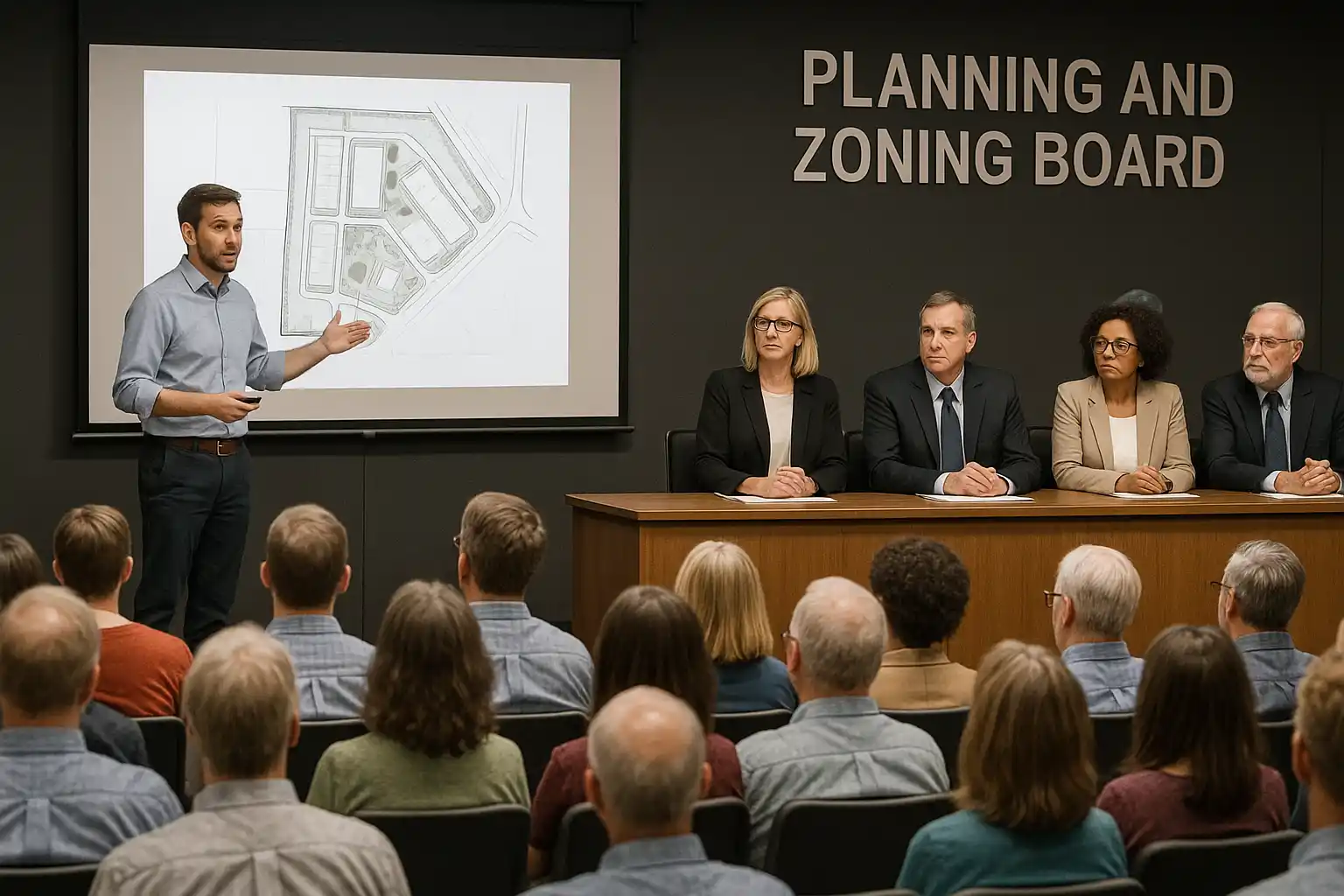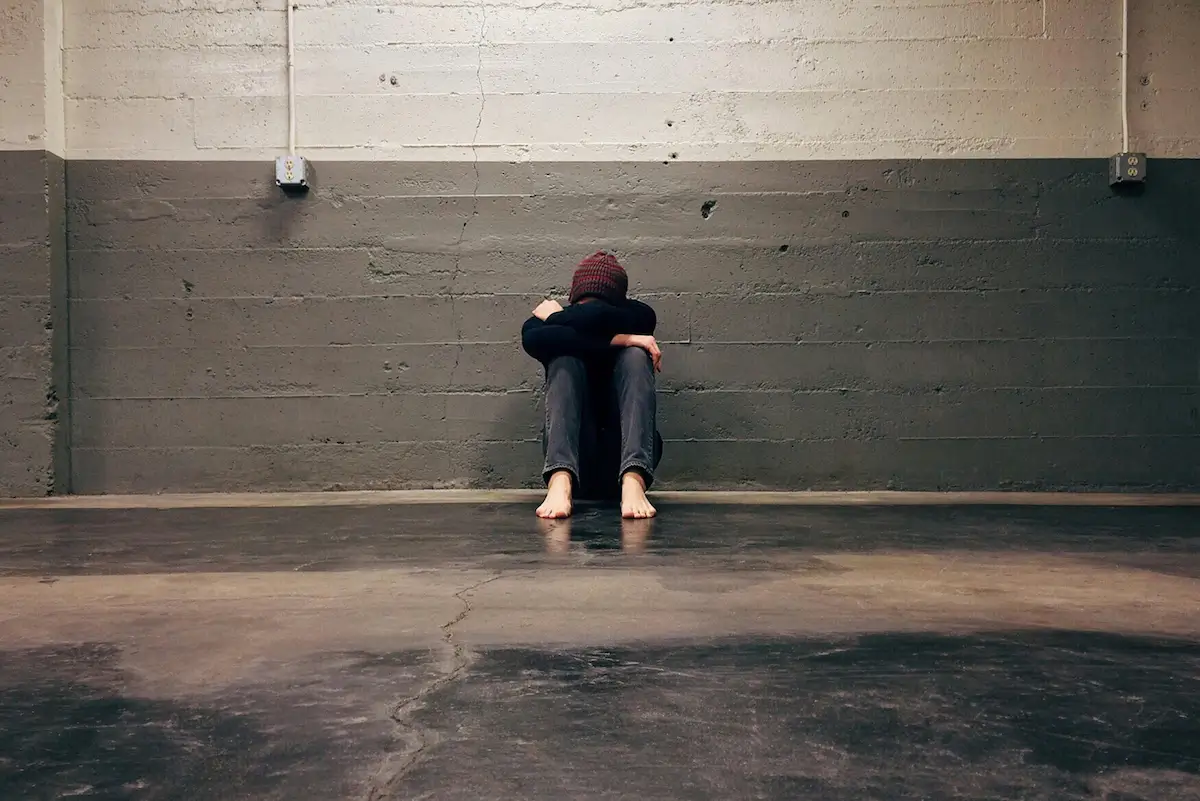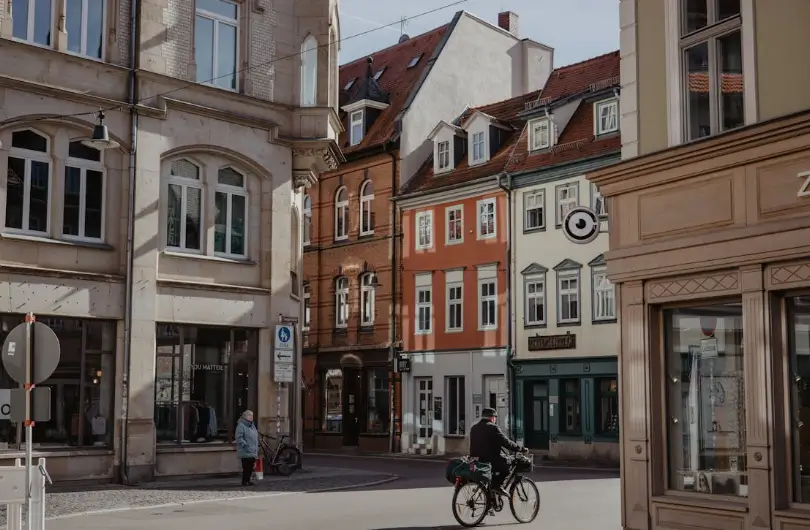How to Survive a Public Meeting: A Planner's Guide
Public meetings aren’t exactly known for their cozy vibes. At their best, they’re full of thoughtful dialogue and real civic engagement. At their worst? You’re stuck in a room (or Zoom) being grilled about a gas station you didn’t design, while someone in the back insists the city is “hiding something.” It's been my experience that the worst is the norm.
The truth is, planning is one of the few professions where you can spend months working on a project, only to have all of that reduced to a three-minute comment from someone who thinks you're part of a conspiracy. Public meetings are where good ideas fight to stay on track, tempers run high, and even well-informed voices can spiral off course (i've seen this happen many times). In the middle of all of that, you’re expected to stay calm, stay clear, and somehow keep everyone moving forward.
If you’re a seasoned planner, you’ve been there. If you’re a new planner or a recent graduate, buckle up.
Here’s your survival guide for getting through public meetings with your professionalism (and sanity) intact.
1. Know Your Material, But Don’t Lecture
Yes, you’re the planner. You know the code, the comp plan, the case history, and maybe even the applicant’s middle name, but none of that matters if the public can’t follow what you’re saying. Most people don’t show up to talk about setbacks or density caps. They show up because they’re worried about what’s being built near their home, how it might affect traffic, schools, noise, or property values. That’s where your focus needs to be.
Stick to what matters: what’s proposed, why it’s allowed (or not), and what parts of the project the public can actually influence. Keep it simple, avoid planner jargon, and always ask yourself "would this make sense to someone hearing about this for the first time?" If not, rewrite it. The goal isn’t to sound smart. The goal is to be understood.
2. Stay Calm, Even When Others Aren’t
You will be interrupted. Someone will raise their voice. There will be a person who “pays your salary” and another who’s “not against development, but..."
Breathe.
Remember, your role isn’t to win an argument—it’s to be a guide. Lead with process, hold your tone, and don’t take it personally. You didn’t draw the site plan. You didn’t write the Land Development Code in 1982. You’re just the one helping people navigate it today.
Mantra: “It’s not personal. It’s process.”
3. Respect That Their Anger Usually Isn’t About You
That angry neighbor railing against a proposed apartment complex? They’re not yelling at you. They’re reacting to the fear of change or something the city failed to communicate five years ago.
Guess what. You won’t solve all that in one meeting.
But you can listen. Acknowledge the emotion without overpromising. Then bring it back to what’s actually on the table.
“I hear your concerns about traffic, however, tonight’s item is focused on land use, but I’ll make sure the traffic engineer is looped in and follows up.”
That’s enough. You’re not a fixer. You’re a facilitator.
4. Explain the “Why”—Not Just the “What”
You’re going to say things like:
- “It’s allowed by-right”
- “It’s consistent with the Future Land Use Map”
- “The zoning allows this intensity of use”
But the audience will hear: “We already decided this behind closed doors.”
Break all of this down. Translate it. Show people how these rules were set, how the process works, and what their role is in it now.
The public doesn’t need planner-speak. They need plain speak.
5. Get Visual (Whenever You Can)
Don’t expect people to follow along if you’re presenting a 40-page staff report or clicking through a text-heavy PowerPoint with no images. People need to see what you're talking about...literally.
Use visuals: maps, overlays, renderings, anything that turns abstract regulations into something people can understand. A strong image or graphic can do what five paragraphs of explanation can’t. You've heard the phrase, "A picture is worth a thousand words?" Good, because when it comes to public meetings, it’s not just true, it’s essential.
Visuals don’t just clarify the information in your presentation, but they also help calm people down. They give people something tangible to react to instead of a cloud of uncertainty wrapped in planning jargon. By making things easier to understand you’re taking away the fear that comes from the unknown.
Bonus tip: If you don’t have visuals from the applicant, bring context photos from the site. Anything is better than a black-and-white legal ad or 15 powerpoint paragraph slides.
6. Prepare for the Unexpected
When you think about it, public meetings are like live theater. They’re scheduled, scripted, and everyone has a part to play. It would be great if they were musicals...
on second thought maybe not. But just like a live performance, things rarely go exactly as planned. The mic cuts out. A neighbor brings a slideshow you’ve never seen. The applicant forgets their talking points. And in the middle of all this, you have to think on your feet, stay composed, and keep the meeting on track. There’s no second take. It’s all live. And the audience? They’re fully engaged, and not always friendly.
The skill of being prepared for the unexpected is essential and will be called upon often. So be ready. Bring printed materials. Have backup contact info. Know who to call if technology fails. And most importantly: stay composed. You don’t have to solve everything in real time. You just have to keep the process moving.
7. Don’t Be Afraid to Say, “I Don’t Know”
You’re not Google. You’re not the City Manager. And you don’t have to pretend you know the square footage of every building in town.
If you don’t know, say so. But follow up! That builds more trust than fumbling through a half-answer.
“I don’t have that information tonight, but I’ll follow up with our engineering team and make sure it gets added to the project file.”
Say it. Mean it. Then do it.
8. Always End With a Path Forward
Public meetings can be tense, but that doesn’t mean they have to end in confusion. You can still leave people with a sense of direction. Start by being clear about what happens next, whether there’s another meeting or vote coming up, and how the public can stay engaged. Even if your audience is upset, providing a path forward gives the meeting structure, lets people feel heard, and gives you a way to wrap things up with clarity and maybe a little peace of mind...maybe.
Final Thoughts: You’re Not Alone
No planner enjoys being the face of "why the thing they don’t want is allowed." But if you take a step back, you’ll see that every public meeting, even the toughest ones, helps sharpen your skills. You learn to explain more clearly. To listen with empathy. To stand your ground when needed and flex when it makes sense.
So next time someone asks, "Who thought this was a good idea?", you could point to the commissioners... I kid.
In all seriousness, you can stand confidently in what you’ve done. It’s not glamorous. It’s often exhausting. But the kind of steadiness and clarity these moments demand? That’s not common, and you’ll have it. So smile, take a breath, and keep going. Because you’re a planner. And this? This is just part of the job.
%20(1200%20x%20237%20px)%20(300%20x%2059%20px).webp)


.webp)


